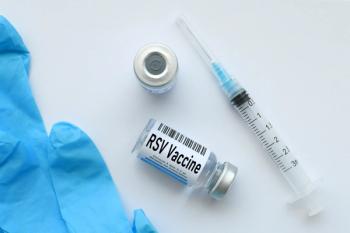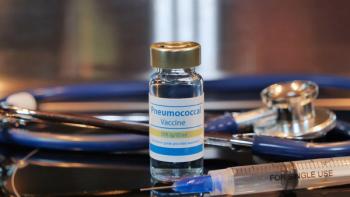
FDA Approvals: What Happened in 2016?
The FDA only approved 22 new drugs in 2016, the lowest amount in years.
The FDA approved the lowest amount of new drugs since 2010 last year, with only 22 new drugs receiving approval. This number is a little more than half of the 45 new drugs approved in 2015.
In contrast, the European Medicines Agency recommended 81 new drugs last year, compared with 93 recommended in 2015,
This slowdown in approvals could suggest that the pharmaceutical industry is restoring its activity levels to those seen before the boom in approvals in 2014 and 2015.
So what contributed to 2016’s low approvals rate?
The FDA’s director of the office of new drugs, John Jenkins, said that numerous factors contributed to the drop in approvals, according to Reuters.
There were 5 drugs slated to be approved sometime in 2016 that received early approval in 2015, which both lowered 2016’s approvals and increased 2015’s. Additionally, pharmaceutical companies submitted less drugs for approval compared with previous years, and the FDA rejected and delayed more applications than is typical.
During this time, the FDA also issued multiple
However, multiple drugs could be approved in 2017 that were waiting to receive approval last year. These drugs include Roche’s ocrelizumab (Ocrevus) for multiple sclerosis, and Sanofi and Regeneron’s biologic drug sarilumab for rheumatoid arthritis, according to the article.
Despite the downturn in approvals in 2016, many pharmaceutical companies have continued to develop novel treatments, including immunotherapy drugs to treat cancers, and biologic drugs to treat various rheumatoid conditions.
The low number of approvals does not necessarily mean that the FDA has not been completing the necessary tasks. In fact, numerous drugs received breakthrough therapy, orphan drug, and priority review designations, suggesting that the FDA is trying to expedite the approval process of certain drugs that can provide a significant benefit to patients with rare diseases, or those with conditions that do not have adequate treatment options.
Notably, there were multiple drugs approved to treat rare diseases last year, with 1 approved for Duchenne muscular dystrophy. Eteplirsen (Exondys 51) injection was
According to an article published by
Although the number of approved drugs plummeted in 2016, and may do so again in 2017, pharmaceutical manufacturers and researchers are continuing to move forward to provide patients novel treatments for those who may not currently have adequate options.
Newsletter
Stay informed on drug updates, treatment guidelines, and pharmacy practice trends—subscribe to Pharmacy Times for weekly clinical insights.







































































































































































































